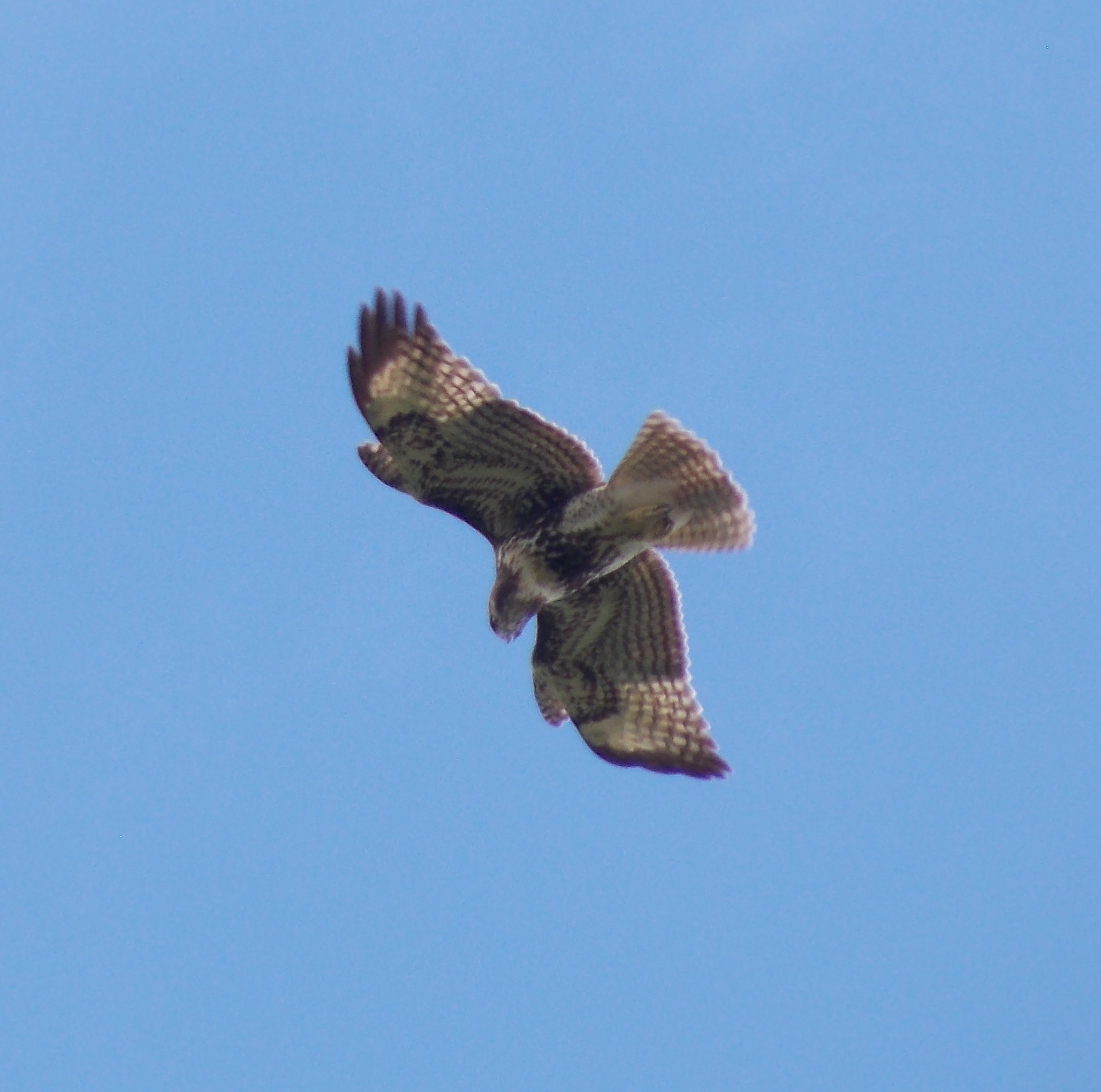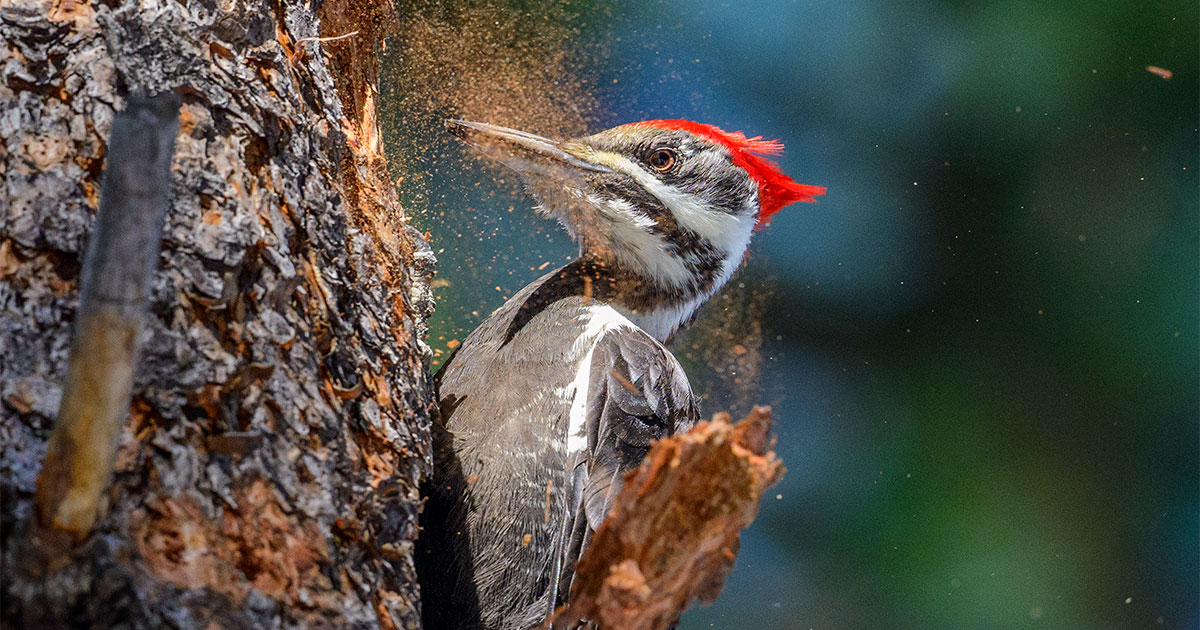Excerpt:
While this new study squashes the idea that woodpeckers have a built-in shock-absorbing mechanism, the researchers say it just generates more questions about how the birds avoid brain injury. Biologists and engineers, eager to understand the peculiar ability or mimic it for human benefit, have proposed many ideas: cushioning from the jaw or the bizarre, long and curved tongue bone, and engaged neck muscles have all offered alluring explanations.
Future studies could look into the neck muscles and how they flex prior to impact as a contributing factor. “There may be more to that story,” Shadwick says. But, the most compelling possibility, the authors say, is the woodpeckers’ smaller size: Because birds are smaller, they can withstand more force than humans before incurring brain trauma.


